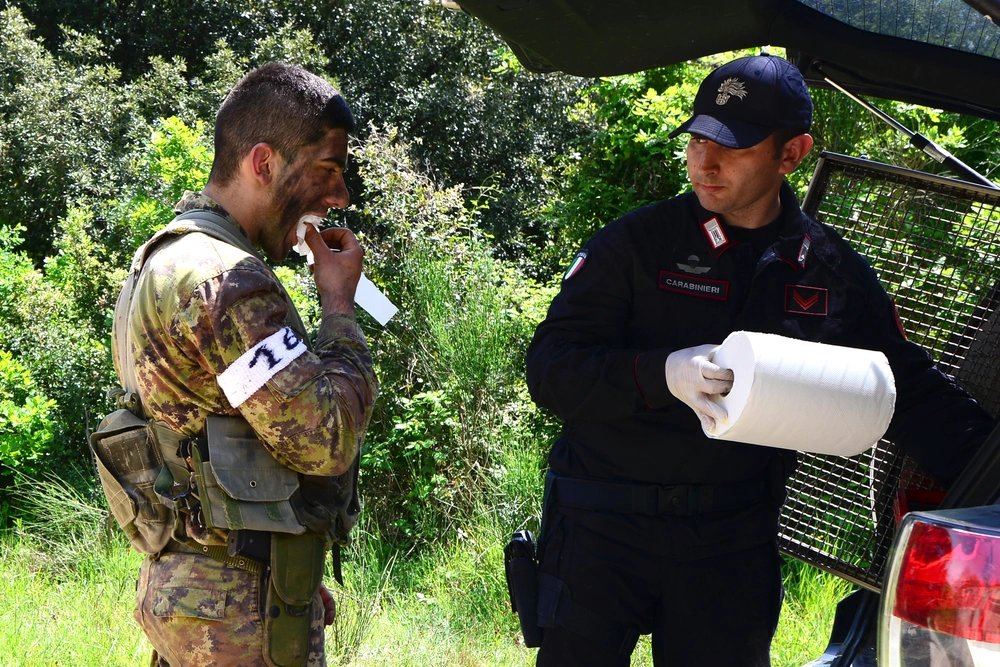While intense stands offs can in some cases yield good results, they can also provide false information as a result of fear or desire to end suffering. Successful interrogators from WW2 to the present have reported using rapport and psychological methods and not torture.
Movies have it all wrong
Torture is depicted in most movies but we have to remember they are produced for entertainment and do not necessarily represent what happens in the real world.
One effective method of getting information from an enemy is using graduate-level interviewing with greater psychological comfort. The truth about detecting deception or detecting if the enemy is lying is that there is no Pinocchio effect as demonstrated in some movies. If the person under interrogation touches their nose, clears their throat or touches the ears, it does not necessarily mean they are being deceptive. What an experienced interrogator looks for are indicators of discomfort or distress but not deception. There is no single behavior indicative of deception.
Whether dealing with the honest or dishonest, some behaviors depicted may be indicative of psychological discomfort. The only thing the interrogator can do in such a circumstance is to determine why those behaviors are outstanding but not assume that the suspect is indicative of deception. Science does not prove that deception can be detected from body language.

Make the suspect comfortable
It is vital to keep the subject under interrogation as comfortable as possible during interviews. One way of making suspects comfortable is being honest with them. Let the person under interrogation know who you are and why they are there. Using a low and slow tone makes sure that at a subconscious level the suspect began to relax. What an interrogator should aim for is a calmer suspect to increase the chances of a better recall. Remember, when stress is created during interrogation, the memory is also affected. Even when not under investigation, people tend to forget where they placed their items if they are stressed.
It is unprofessional to put the suspect in a corner or to sit close to them during an interrogation. Instead, the right way to handle the situation is placing them near the door and not violating their space. Additionally, making a lot of eye contact with the suspect is intimidating and they might get nervous. Doing cathartic exhales is also an excellent way of making them relax because at a subconscious level, the suspect will actually mirror that because humans gravitate towards homeostasis.
Are there times when psychological pressure is necessary?
This is a profound question and most successful interrogators do not recommend its use. Once you create psychological pressure, it takes from half an hour to an hour to return the individual to normal or homeostasis. Escalating a situation in the interrogation only derails the interviewer because suspects tend to stick to the same story in such situations. Raising your voice and creating stress is not beneficial at all because it interferes with the clear thinking of the interviewee.
Such methods were perceived as effective in the past but only because people did not comprehend how psychology works. At no particular point will there be a need to apply physical or psychological pressure in interrogation rooms. When pressure is applied in the wrong sense, it only creates fear, eliminating the chance of getting to the right conclusion. In some cases, the suspect will admit to the crime just to stop the interview process. Psychological pressure creeps in when suspects are threatened or held for hours during interrogation. No matter the crime in question, no physical or psychological pressure should be applied to individuals under investigation if the best result is to be achieved.


